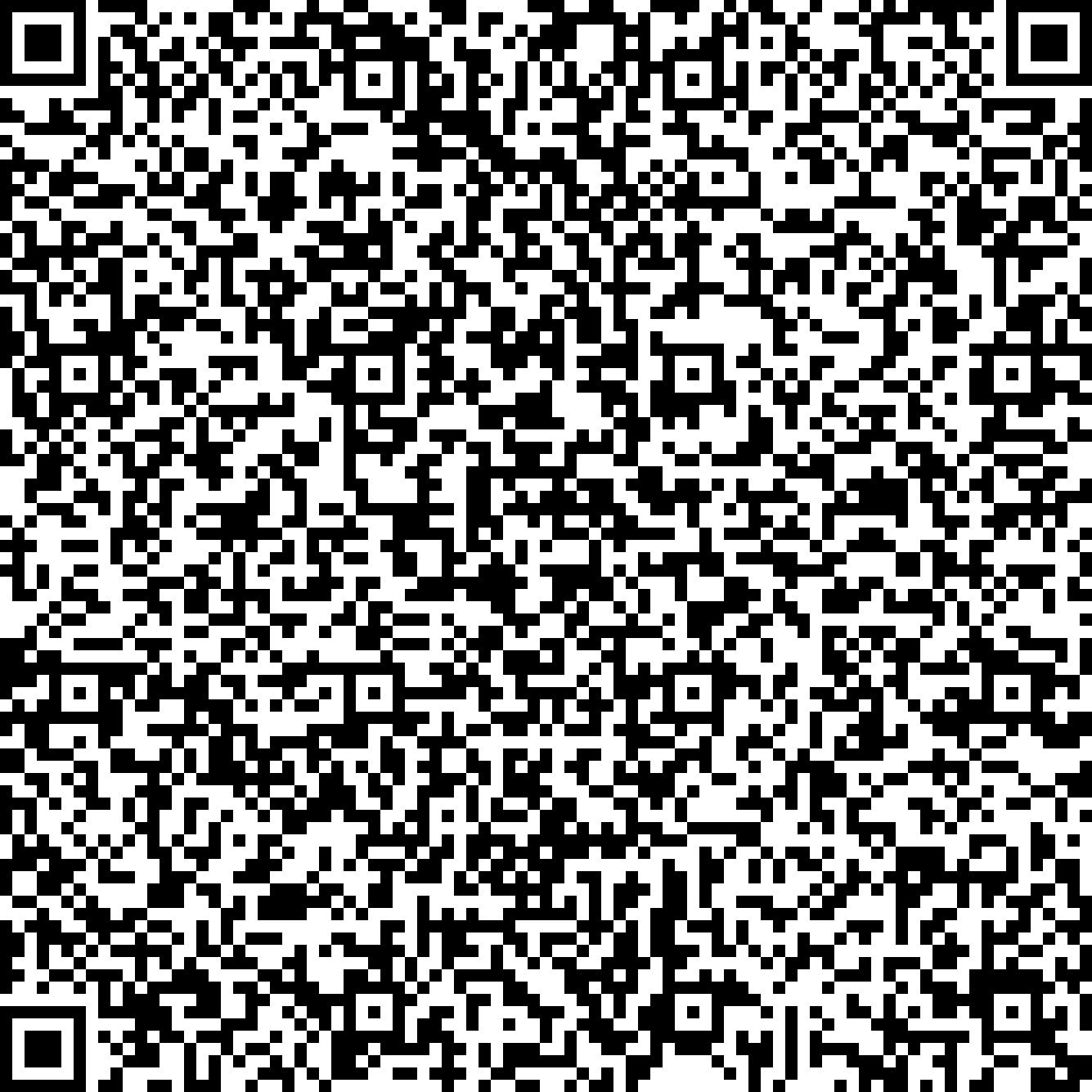

Quantum computers have recently emerged as noisy, intermediate-scale quantum (NISQ) devices that are accessible for remote experimentation. These platforms offer valuable opportunities to investigate noisy quantum information processing and the dynamics of quantum systems coupled to dissipative environments. A different class of open quantum systems—those where information is not irreversibly lost to the environment—can be realized through mid-circuit measurements, which project the quantum state during the computation. Mid-circuit measurements are now supported on superconducting qubit-based quantum hardware and have become foundational tools in quantum information science, particularly in protocols such as quantum error correction. They enable hybrid quantum circuits that blend deterministic unitary evolution with stochastic quantum jumps induced by measurement.
In this talk, I focus on quantum algorithms that incorporate mid-circuit monitoring, with a particular emphasis on monitored quantum walks. These protocols allow for the exploration of first passage time statistics—the quantum counterpart to first hitting times in classical stochastic processes. Studying first passage times in coherent, noise-free systems provides foundational insight [1], while extensions to noisy environments [2, 3] bring us closer to realistic quantum simulations and applications. By computing monitored quantum trajectories using both projective and indirect measurement techniques, we investigate the emergence of dark states, noise-assisted dynamics, and topological features.
[1] Friedman, H. and Kessler, D. A. and Barkai, E., Quantum walks: The first detected passage time problem, Phys. Rev. E 95, 032141 (2017).
[2] Tornow, Sabine and Ziegler, Klaus Measurement-induced quantum walks on an IBM quantum computer, Phys. Rev. Research 5, 033089 (2024).
[3] Wang, Qingyuan, Ren, Silin, Yin, Ruoyu, Ziegler, Klaus, Barkai, Eli and
[4] Tornow, Sabine, First Hitting Times on a Quantum Computer: Tracking vs. Local Monitoring, Topological Effects, and Dark States, Entropy 869 (2024).
Sabine Tornow studied physics at the University of Heidelberg and completed her doctorate in condensed matter theory at the Max Planck Institute for Solid State Research in Stuttgart. After a postdoctoral stay at Tel Aviv University, she held various positions in industry and research institutes. Among others, she was a professor at the Munich University of Applied Sciences, where she has been teaching quantum computing since 2014. Since 2021, she has been heading the Quantum Technologies division of the Research Institute Cyber Defence at the University of the Bundeswehr Munich, which is also an IBM Quantum Innovation Center. She conducts research in the field of quantum computing and is interested in developing and implementing quantum algorithms and heuristics on quantum computers. Here, one major focus area addresses applications for optimization, quantum machine learning, and materials development.


Quantum computers have recently emerged as noisy, intermediate-scale quantum (NISQ) devices that are accessible for remote experimentation. These platforms offer valuable opportunities to investigate noisy quantum information processing and the dynamics of quantum systems coupled to dissipative environments. A different class of open quantum systems—those where information is not irreversibly lost to the environment—can be realized through mid-circuit measurements, which project the quantum state during the computation. Mid-circuit measurements are now supported on superconducting qubit-based quantum hardware and have become foundational tools in quantum information science, particularly in protocols such as quantum error correction. They enable hybrid quantum circuits that blend deterministic unitary evolution with stochastic quantum jumps induced by measurement.
In this talk, I focus on quantum algorithms that incorporate mid-circuit monitoring, with a particular emphasis on monitored quantum walks. These protocols allow for the exploration of first passage time statistics—the quantum counterpart to first hitting times in classical stochastic processes. Studying first passage times in coherent, noise-free systems provides foundational insight [1], while extensions to noisy environments [2, 3] bring us closer to realistic quantum simulations and applications. By computing monitored quantum trajectories using both projective and indirect measurement techniques, we investigate the emergence of dark states, noise-assisted dynamics, and topological features.
[1] Friedman, H. and Kessler, D. A. and Barkai, E., Quantum walks: The first detected passage time problem, Phys. Rev. E 95, 032141 (2017).
[2] Tornow, Sabine and Ziegler, Klaus Measurement-induced quantum walks on an IBM quantum computer, Phys. Rev. Research 5, 033089 (2024).
[3] Wang, Qingyuan, Ren, Silin, Yin, Ruoyu, Ziegler, Klaus, Barkai, Eli and
[4] Tornow, Sabine, First Hitting Times on a Quantum Computer: Tracking vs. Local Monitoring, Topological Effects, and Dark States, Entropy 869 (2024).
Sabine Tornow studied physics at the University of Heidelberg and completed her doctorate in condensed matter theory at the Max Planck Institute for Solid State Research in Stuttgart. After a postdoctoral stay at Tel Aviv University, she held various positions in industry and research institutes. Among others, she was a professor at the Munich University of Applied Sciences, where she has been teaching quantum computing since 2014. Since 2021, she has been heading the Quantum Technologies division of the Research Institute Cyber Defence at the University of the Bundeswehr Munich, which is also an IBM Quantum Innovation Center. She conducts research in the field of quantum computing and is interested in developing and implementing quantum algorithms and heuristics on quantum computers. Here, one major focus area addresses applications for optimization, quantum machine learning, and materials development.